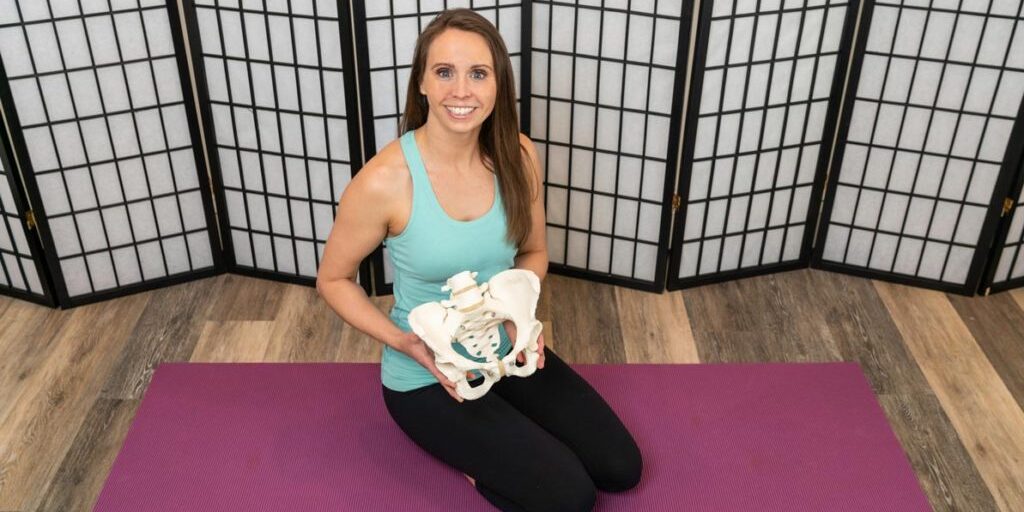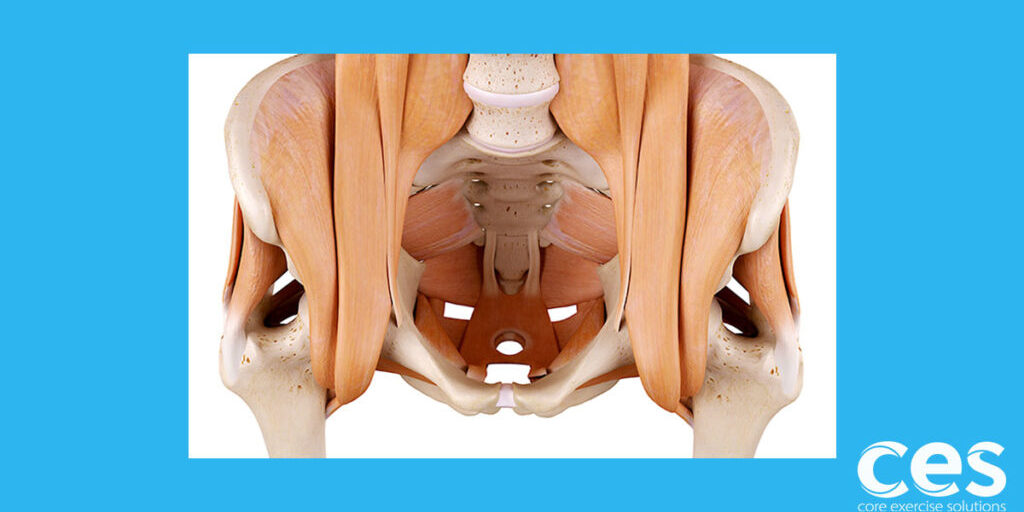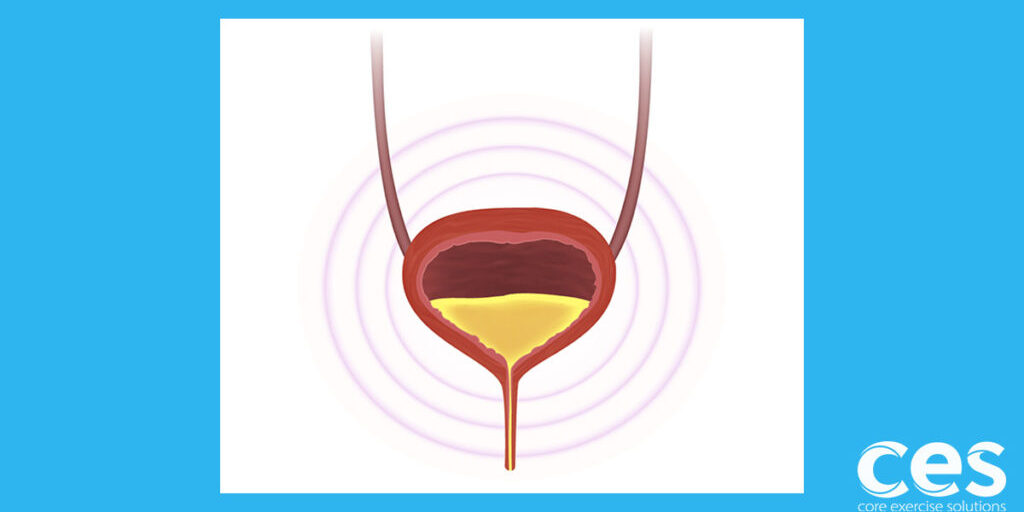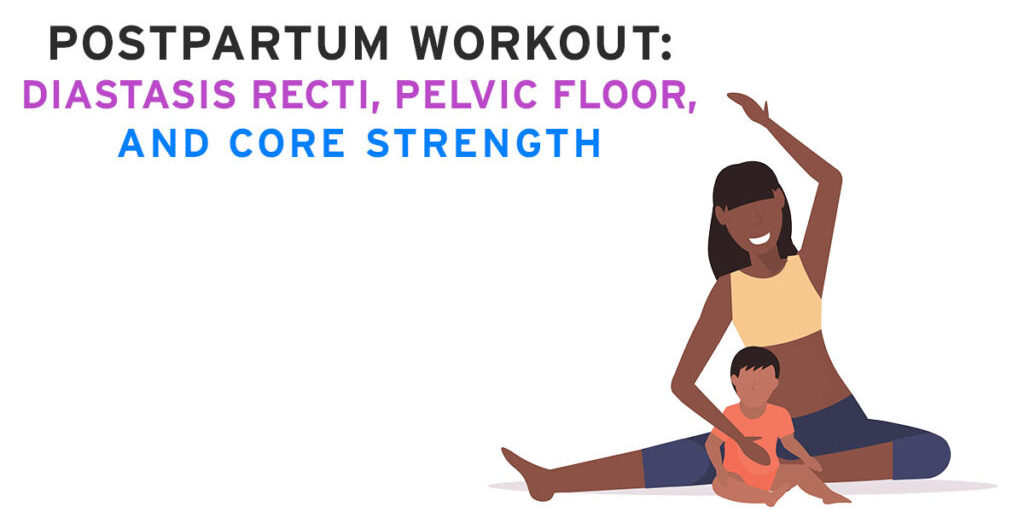Pull-ups are hard and quite possibly one of my favorite exercises but they can be dangerous for both a healing diastasis and the pelvic floor! Let me tell you a little bit more about why and what you can do to prevent pullups from doing harm.
I’ve definitely heard the story “I tried to do a pull-up and that’s when I felt my prolapse for the first time.” The problem with pullups is that one small form mistake can put a ton of pressure down on your pelvic floor or out on your diastasis or hernia.
When you try and start a pullup the most important starting position for your core is one that is filled with a dynamic breath. To try and ramp up strength, (that bar is a long way up) some women will hold their breath to start the motion. This breath holding strategy can put tremendous amounts of bad pressure in their system, especially if it was preceded by a shallow inhale.
I saw Diane Lee use one of these little pressure toys to demo too much pressure and I just loved the imagery. Imagine this guy's nose is that hernia at your belly button or the bulging line down your midline or the prolapse in your pelvic floor.
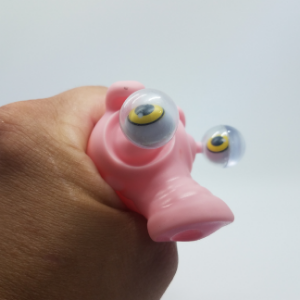
Some pressure is good for healing tissue and we need it but too much pressure is very, very bad for our system. It makes things bulge out!
One way to create too much pressure in a pullup is to hold your breath for the start, then exhale once you’ve started.
So, Step #1. Get a great inhale making sure your inhale goes down and then exhale before you start to pull-up. This will help keep your insides safe from bulging!!
Step #2. Make sure you get a deep inhale, setting your system up for success! If your inhale is shallow, think upper chest and neck, then your exhale is more likely to bear down. If your inhale goes down, your exhale is more likely to come up, relieving pressure.
Step #3. Make sure you keep your ribs tucked in and not flared and your lower abs connected.
One good way to check on this is to have someone take a picture from the side. Does your spine stay in neutral or does it overly arch?
The cool thing is when you do keep your lower abdominals engaged instead of letting them hang out, you’re more likely to connect to the deep stabilization system. That deep system also attaches to your lats and we need those to be able to crank out some pull-ups.

Pull-ups 6 months Pregnant Left: Back arched, ribs flared - bad posture! Right: Spine neutral, ribs down, lower abs connected - good!
If you’re worried about managing pressure in your core or pelvic floor, check out the Pregnancy and Postpartum Corrective Exercise Certification.
Free Pelvic Floor Educational Series
Dr. Sarah Duvall, PT, DPT, CPT and the CES Team have helped thousands of women create the strength and stability needed to overcome common and not-so-common pelvic floor issues.
Join us today for this 4-part Pelvic Floor Video Series, absolutely free.
We don't spam or give your information to any third parties. View our Terms of Use and Privacy Policy.
Having trouble signing up? Click here

Related Articles
- « Previous
- 1
- …
- 3
- 4
- 5



